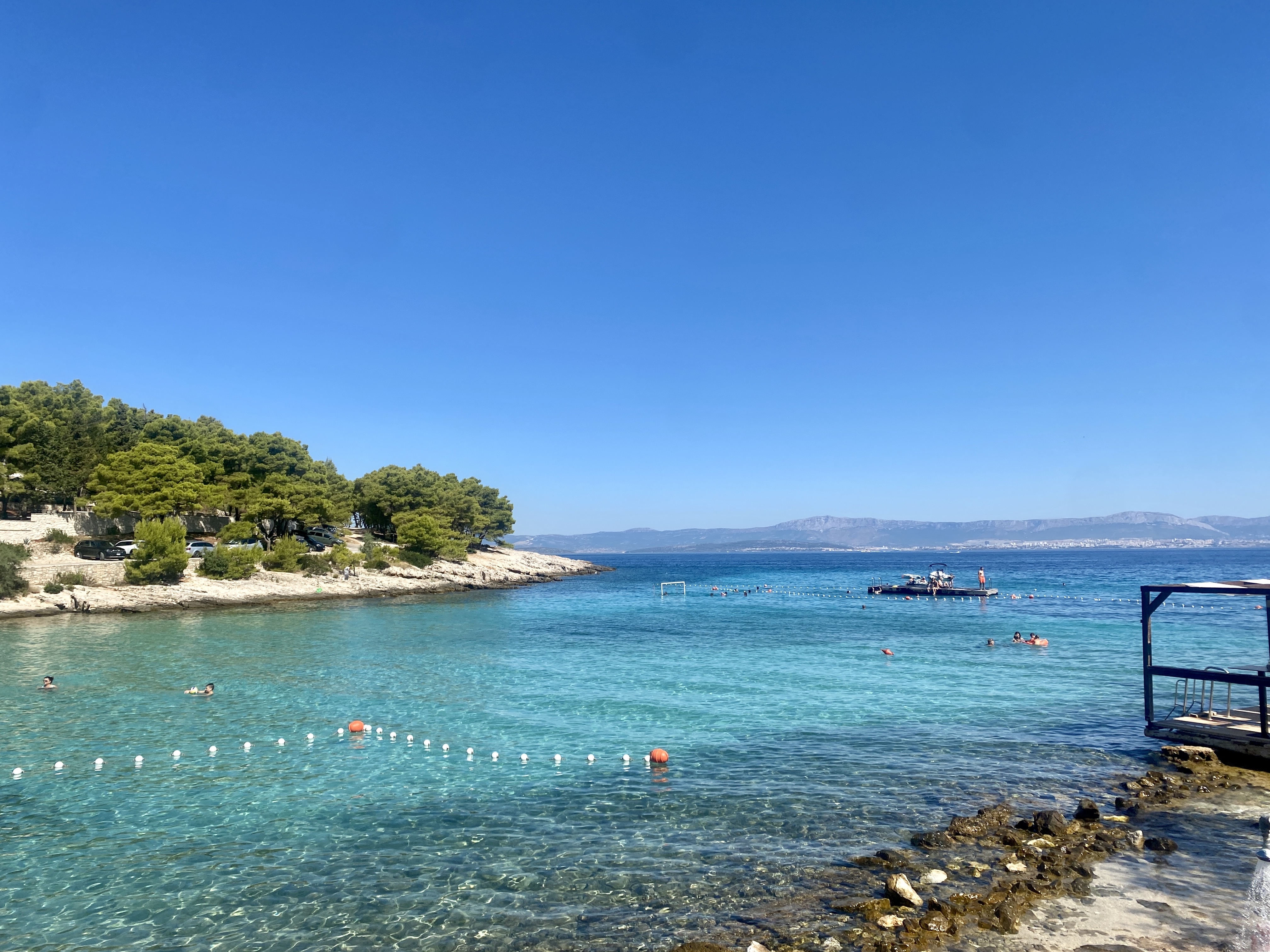The Human Digestive System
Cards (11)
- What is the function of the liver in digestion?
- What is the function of saliva in digestion?
- What is the Digestive System Responsible for?
- What is the function of the digestive system?
- What happens at the stomach?
- What does the liver do?
- What do the glands do?
- What does the small intestine contain that helps digestion?
- What does the large intestine do?
- How are the villi adapted to absorb food efficiently? (3)
- A) MouthB) Salivary GlandsC) oesophagusD) LiverE) StomachF) PancreasG) GallbladderH) Large IntestineI) Small intestineJ) Anus
